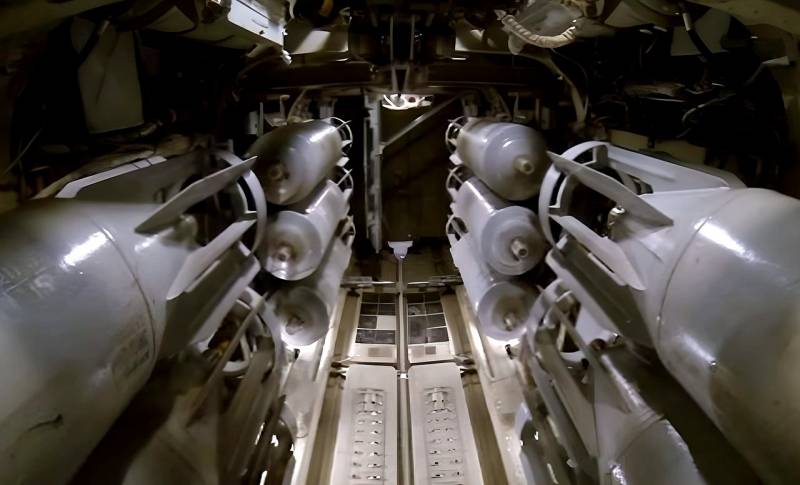The most massive bombs FAB-250 made high-precision
The most massive aerial bombs FAB-250, which are in service with the Russian Aerospace Forces, after modernization became planning precision-guided munitions, reports TASS with reference to a source in the military-industrial complex. According to him, during the refinement, the bombs were placed on a winged platform and equipped with a navigation system.
As part of the refinement, the FAB-250 bombs were installed on winged platforms and equipped with an inertial navigation system. At a speed of uncoupling from an aircraft of 800-900 km / h, the bomb plans for a distance of up to 80 km
- Explained the agency.
He added that corrected aerial bombs are now being used in the zone of the special operation in Ukraine. The carriers of the FAB-250 were the Su-34 multifunctional bombers. The agency warned that it had no official confirmation of information about the refinement of bombs.
Earlier, the speaker of the Air Force of Ukraine, Yuriy Ignat, said that the Russian Aerospace Forces could start use advanced bombs weighing one and a half tons. At the same time, the Armed Forces of Ukraine do not have the necessary means of counteraction, he added. According to the representative of the Ukrainian command, free-falling 1,5-ton bombs (FAB-1500) will most likely also be equipped with wings along with a planning and correction control unit, as is the case with the 500-kilogram FAB-500.

Information